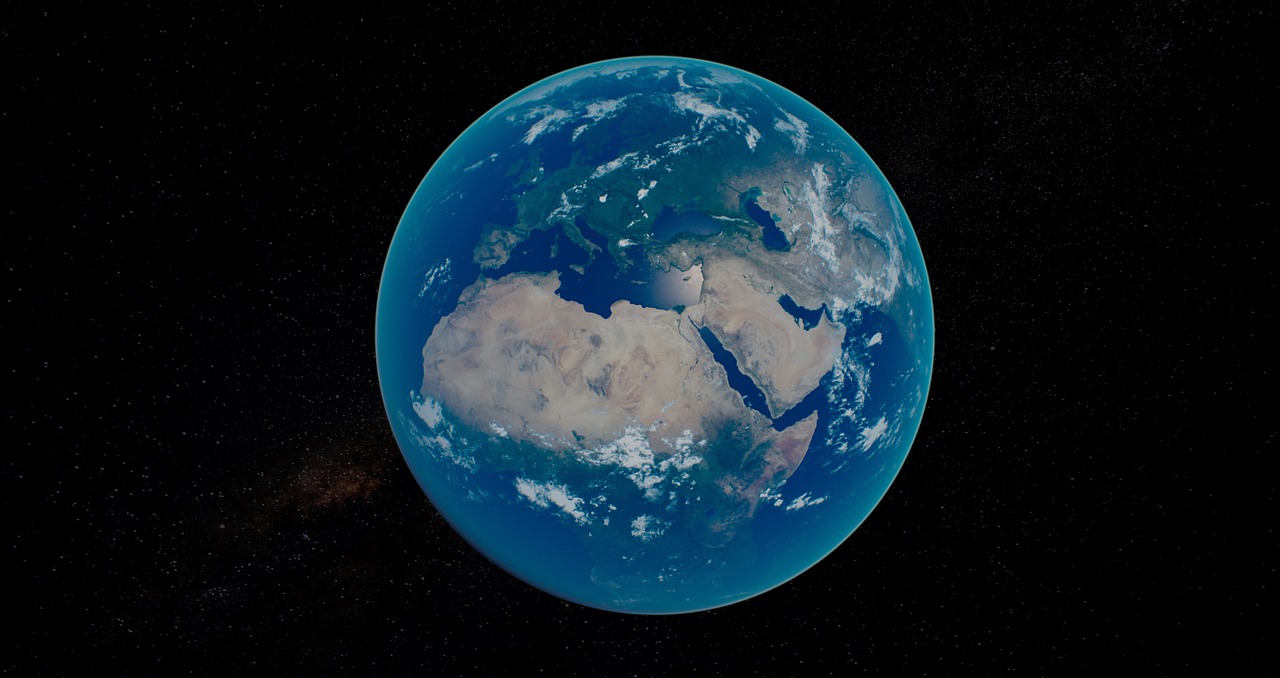Uranus: The Primordial Sky God in Greek Mythology
Uranus (Ouranos) is recognized as the primordial deity of the sky in Greek mythology. The ancient Greeks conceptualized the sky as a vast dome of solid brass adorned with stars, its edges resting upon the farther extremities of the flat earth below. Thus, Uranus personifies the sky in the same manner that his partner Gaia embodies the Earth.
Together, Uranus and Gaia produced a notable progeny consisting of twelve sons and six daughters. However, the eldest among them—specifically the formidable Cyclopes and the Hundred-Handed Ones (Hecatoncheires)—were imprisoned by their father within the depths of the Earth. This act caused great anguish for Gaia, compelling her to instigate a rebellion among her Titan sons. Four of them stood guard at the corners of the cosmos, awaiting their father’s descent to Earth, while the fifth, Cronus, stealthily ambushed him, castrating Uranus with a sickle made from adamantine material. The sky god’s blood dripped onto the ground, resulting in the birth of the vengeful Erinyes (Furies) and the fierce Giants (Gigantes).
Uranus foresaw the impending downfall of the Titans and the punishments they would face, foresight ultimately fulfilled by Zeus, who overthrew the five brothers and cast them into Tartarus’ abyss.
In early Greek artifacts, Uranus is seldom depicted. However, images from Egyptian art illustrating their sky goddess Nut lend insight into how the Greeks might have envisioned him—as a gigantic figure with a starry body, spanning the distance between east and west on all fours, forming the celestial dome above. During the Roman era, he was often represented as Aion, the god of time, portrayed as a man holding the zodiac wheel, positioned above the reclining form of Gaia.
Family of Uranus
Parents
- Gaia: No father (Hesiod)
- Aether & Gaia: Titanomachia
- Akmon: Ancient writers note (Alcman)
- Aether & Hemera: Hyginus, Cicero
- Nyx: Orphic Fragments
- World Egg: Mythological origin (Orphic Rhapsodies)
Offspring
- The Titans: Oceanus, Coeus, Crius, Hyperion, Iapetus, Kronos
- The Titanides: Theia, Rhea, Themis, Mnemosyne, Tethys
- Cyclopes and Hecatoncheires: From Gaia (Hesiod, Diodorus)
- Others: Erinyes, Giants, Phaeacians (Gaiacreature), and notably Aphrodite, who was born from the foam surrounding Uranus’s severed genitals tossed into the sea.
The Cosmic Creation Tale
The Origin According to Hesiod
In Hesiod’s Theogony, chaos precedes all—an abstract void from which Gaia emerges. She gives birth to Uranus, who envelopes her entirely, providing a secure home for the deities. They are also credited with the birth of other deities, including mountains and the primordial sea, Pontus.
Variations in Creation Myths
In differing cosmogonies, such as that attributed to Eumelus, both Uranus and Gaia are regarded as progeny of Aether and Hemera, showcasing variability in ancient beliefs about creation.
The Castration of Uranus
Rebellious against his father’s cruelty, Cronus takes action as directed by Gaia. He stealthily ambushes Uranus during a moment of intimacy with Gaia, using a flint sickle to castrate him, which results in multiple offspring birthed from Uranus’s spilled blood, including the Erinyes and the Giants.
Uranus’s Influence and Legacy
Uranus also functions as an oracle, offering prophecies that significantly impact the lives of his children, guiding Zeus in particular to secure his position.
Additionally, Uranus’s heavenly presence is reflected in various myths where he bears witness to important oaths made by the gods, often paired with Gaia as a testament for solemn vows.
Divine Hymns
The Orphic Hymns celebrate Uranus, underscoring his role as a vital celestial entity who initiates the cycle of life and fertility.
Artistic Representations
Uranus is sporadically portrayed in ancient artwork, often depicted alongside Gaia in mosaics illustrating mythological narratives from Greco-Roman culture.
In conclusion, Uranus stands as a significant figure in the foundation of Greek mythological structure, symbolizing the sky and encompassing narratives that explain the origins of gods and nature. The interplay between Uranus and Gaia signals a rich history of myth creation, rebellion, and divine prophecy that has echoed throughout literary and artistic expressions across centuries.



